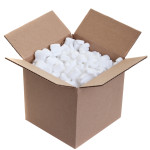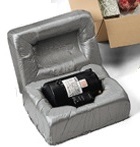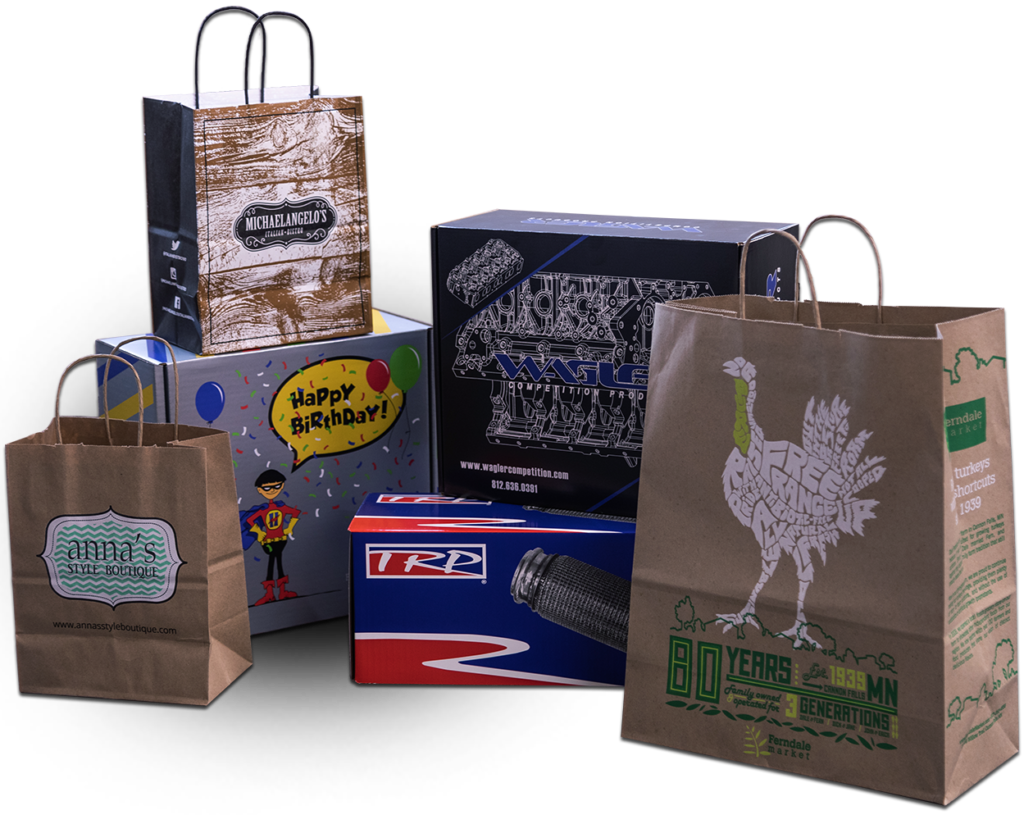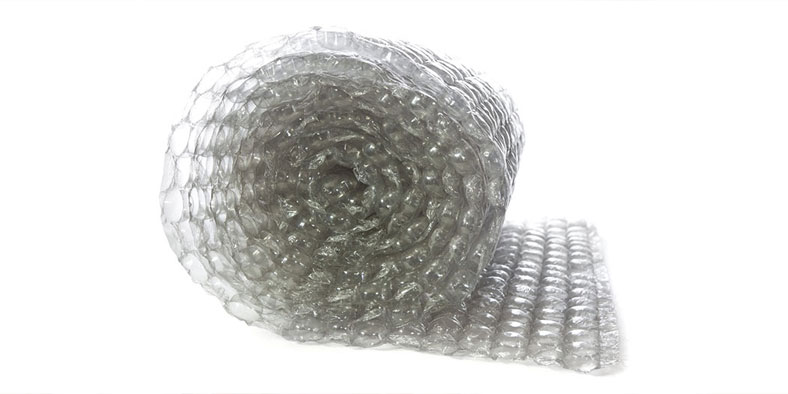How to Choose the Right Packing Materials for Your Products
If your business regularly ships goods, you likely have a stack of boxes and other mailing materials. If you’re like many businesses, you probably also spend a great deal of time sifting through those materials to find the exact box you need to hold each item.
Unless your business specializing in selling identical items in large quantities, you likely face the challenge of maintaining a wide variety of boxes for shipping. When a new order comes in, you don’t have time to place a new order for boxes and wait for them to arrive, so you have no choice but to keep these boxes in stock.
One Size Fits Most
Using lightweight packing materials, you can use the same boxes for similarly shaped items, preventing you from having to keep a variety of box types in stock. A little extra material in the corners will keep your items safe during shipment without adding weight.
Measuring for the right size of box is important too. Getting the correct width, height, and depth for your box is important – if you need help, check out this resource: How to measure a box
There are four popular types of packing materials that are ideal for shipping products:
 Bubble wrap—This type of packing material provides great shock absorption that protects products against jarring during shipment. The bubbles also provide hours of fun for kids.
Bubble wrap—This type of packing material provides great shock absorption that protects products against jarring during shipment. The bubbles also provide hours of fun for kids.
 Foam wrap—Lightweight and flexible, foam wrap provides both protection and easy maneuverability for stuffing around items.
Foam wrap—Lightweight and flexible, foam wrap provides both protection and easy maneuverability for stuffing around items.
 Packing peanuts—With packing peanuts, your materials are cushioned in Styrofoam. You only use as many as you need, filling up any available space in a container. The one disadvantage to packing peanuts over bubble or foam wrap is the mess they can create, both for business and customer.
Packing peanuts—With packing peanuts, your materials are cushioned in Styrofoam. You only use as many as you need, filling up any available space in a container. The one disadvantage to packing peanuts over bubble or foam wrap is the mess they can create, both for business and customer.
 Sealed air foam packaging—This revolutionary packing method involves foam that quickly expands, filling in empty spaces around products. But one of the biggest benefits of sealed air foam packaging is that it starts out in liquid form and expands to 200 times its volume. This makes it the easiest-to-store of all of the packing methods.
Sealed air foam packaging—This revolutionary packing method involves foam that quickly expands, filling in empty spaces around products. But one of the biggest benefits of sealed air foam packaging is that it starts out in liquid form and expands to 200 times its volume. This makes it the easiest-to-store of all of the packing methods.
Avoid Returns
When goods arrive damaged, the business pays in multiple ways. The business first must pay for return shipping and replacement of the item, as well as taking a loss on the item that was damaged during shipment. Even if the item was insured, the time and effort required to file a claim and possibly receive reimbursement takes time away from selling and shipping new items.
But perhaps the biggest way shipping materials can save a business money is through retaining customers. When goods arrive in pieces, customers tend to complain, even if a company takes measures to replace those items. After a few negative online reviews, you’ll begin to lose business.
With such a great selection of choices, businesses can keep items safe while still staying on budget. Available storage space, product type, and personal preference will likely drive a business’s decision on whether to use bubble wrap, traditional foam, sealed air foam, or packing peanuts to safeguard their treasures.





